Tile Dealer - Horncastle Tiles
Easy Tile Finder
Friendly Expert Advice
Quality Service & Quality Products
Call for Free on 0800 195 6620
Natural Stone Tiles
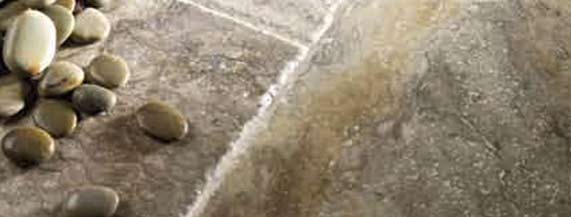
natural stone tiles at the tiledealer for the lowest prices in the UK
Natural Stone Tiles Collection
 Black Slate
Black Slate
 Rustic Multicolour Slate
Rustic Multicolour Slate
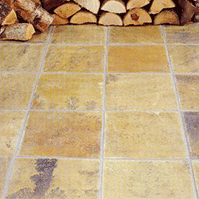 Sandstone
Sandstone
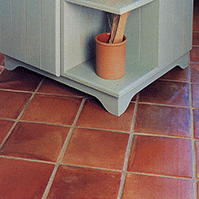 Terracotta
Terracotta
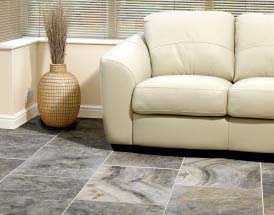 Travertine
Travertine
 Marble
Marble
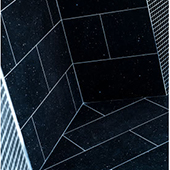 Granite
Granite
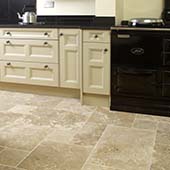 Limestone
Limestone
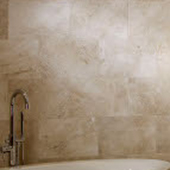 Marble & Travertine
Marble & Travertine
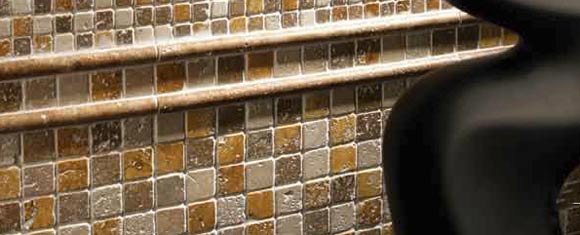 Natural Stone Mosaics
Natural Stone Mosaics
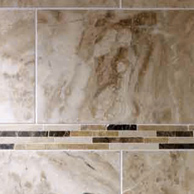 Natural Stone Borders
Natural Stone Borders
The beauty and sheer versatility of
natural stone – from marble to slate,
limestone to granite – has been admired for many thousands of years.
There are three kinds of rock types:
Igneous – solidified magma or lava formed
after volcanic activity. Extremely hard.
Examples: granite, basalt.
Sedimentary – weathering of existing rocks
produced sediment which settled in layers and
gradually ‘lithified’ (turned to stone) by compaction
and cementation. Examples: limestone, travertine.
Metamorphic – Metamorphism is the
transformation of one rock type into another,
brought about by heat, pressure or chemically
active fluids. Examples: Marble (originally
limestone or dolostone), slate (previously
sedimentary shale or mudstone)
Textures and finishes:
Brushed – the stone’s surface is brushed with
rotary diamond pads, resulting in a textured
finish to the surface and rounded edges.
Cushioned, pillowed – where the straight
edges of a tile have been rounded and
softened.
Filled – where voids, pits and holes (a natural
characteristic of some stone) have been filled
with a resin to create a smooth surface.
Honed – a machine process which results in a
smooth, matt surface.
Lightly polished – the surface is polished to a
softly reflective sheen rather than a high gloss.
Polished – where the surface is buffed by
machine, resulting in an even, smooth and
highly reflective surface.
Tumbled – the surfaces of the stone have been
textured, worn and weathered by contact with
abrasive materials.
Unfilled – where the pits and voids within
travertine tiles have not been filled. These can
be grout-filled during installation
© 2025 - Horncastle Tiles
Home :: Bathroom Tiles :: British Ceramic Tiles :: Classical Flagstones :: Floor Tiles :: Gemini Tiles :: Giant Tiles
Glass Mosaics :: Kitchen Tiles :: Laura Ashley Tiles :: N&C Tiles :: Natural Stone Tiles :: Pilkington Tiles :: RAK Ceramics
Studio Conran :: Tile Adhesives :: Tile Maintenance :: Under Tile Heating :: Unicom Starker Tiles :: Villeroy & Boch Tiles :: Wall Tiles
Waxman Ceramics :: Hosting by RMPnet :: Design by ProRotary
Glass Mosaics :: Kitchen Tiles :: Laura Ashley Tiles :: N&C Tiles :: Natural Stone Tiles :: Pilkington Tiles :: RAK Ceramics
Studio Conran :: Tile Adhesives :: Tile Maintenance :: Under Tile Heating :: Unicom Starker Tiles :: Villeroy & Boch Tiles :: Wall Tiles
Waxman Ceramics :: Hosting by RMPnet :: Design by ProRotary
